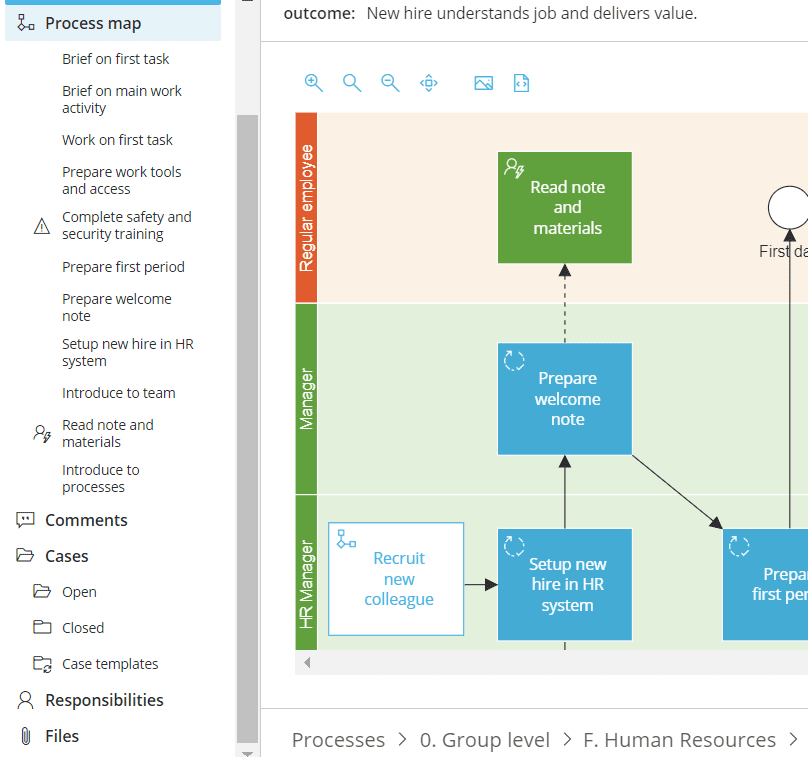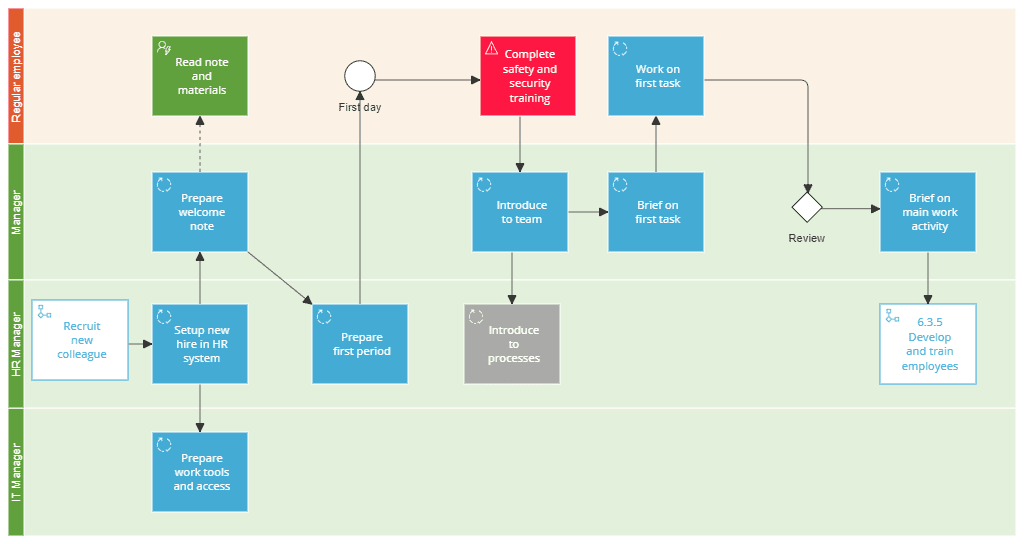
5 Ways to Increase Knowledge Worker Productivity

In the article “Knowledge Worker Productivity: The Biggest Challenge” (1999) Peter Drucker makes the mind-blowing observation that in the year 2000 our knowledge on knowledge worker productivity was comparable to that of production work around 1900. This made me think: Has all the new technology during the last decade changed this? I have researched the matter and found no evidence to suggest that productivity has changed much. However, there still is a lot of “low hanging fruit to be harvested” as this post will show.
Knowledge workers are those who ‘think for a living’. They are one of the most important assets in an organization, as they drive innovation and development of products/services by applying theoretical and analytical knowledge. There are many that are categorized as knowledge workers, such as programmers, designers, researchers, architects, engineers, scientists, etc.
Knowledge workers spend 61% of their time on email, information search, and internal collaboration
As a study from McKinsey suggests. It further highlights a significant productivity improvement potential. The remaining 39% of a knowledge worker’s time is spent on “role-specific” work. This could be e.g. sales managers that create templates for call lists, sales dialogue tools, etc. Even these tasks have a significant improvement potential – if the organization manages to share these tools effectively across offices.
How are knowledge workers productive?
Drucker points out that most of our management thinking is shaped by our need to improve manufacturing productivity. He lists 6 factors that determine knowledge worker productivity:
- The focus is on executing the right task.
- Responsibility for productivity rests with the knowledge workers themselves. They need autonomy to manage themselves.
- Continuing innovation has to be part of the work, the task, and the responsibility of knowledge workers.
- Knowledge work requires continuous learning and teaching.
- Quality is at least as important as quantity.
- Knowledge workers must be treated as an asset rather than a cost, so they are truly motivated to work.
How to manage knowledge workers?
The Wall Street Journal found out that 40% of an average workweek is spent on interaction in the form of meetings, telephone conversations, and emails. This cuts a large portion of productivity and creativity, not allowing knowledge workers to reach their full potential.
Since knowledge workers spend half their time on interactions, our research and experience suggest that companies should first explore the productivity barriers that impede these interactions. Some of the most common productivity barriers are:

Try Gluu for free
Sign up for a 30-day trial.
No credit card required.
The need for continuous innovations
Even though knowledge workers are ‘thinkers’ and ‘innovators’ in the heart, it is not the only part of their daily tasks. As already mentioned, they spend 61% of their time on email, information search, and internal collaboration. Which can be considered as a factor disturbing innovation. And it sucks to be answering e-mails and jumping from meeting to a meeting if your brain is filled with new ideas!
Features to support more time innovating, less time communicating:
- All internal communication regarding your processes, activities, and tasks is in one place, and you are able to ensure that the right people are included for the right tasks
- With process flows as cases, you can present what you are working on, and where you are at the moment with your tasks

The blessings and the curse of technology in a workplace
Technology in many ways makes our work faster, and more efficient. However, it also leads to many distractions. By having “the world in one’s hand” comes great pressure on staying up to date with the latest news and keeping up with friends and family. We carry our phones everywhere and often have multiple tabs/applications open. This often leads to distraction and a lack of productivity.
Furthermore, Drucker’s point about how knowledge worker productivity is measured in terms of quality rather than volume. Our social media use drives us towards volume rather than quality. Someone once said that Facebook is tapping into the last unexplored market: People’s need to compare their lives with the lives of others. This creates a culture where the volume of updates and posts value more than the quality of each of them.
👉 Recommendation: In today’s tech-driven workplace, it’s essential to strike a balance between harnessing technology for efficiency and avoiding distractions. To overcome this productivity barrier, consider implementing digital tools that consolidate communication, tasks, and processes into a centralized platform.
Overloaded with tasks, not even knowing where to start
As we are overloaded with incoming tasks, activities, and processes it is difficult to truly focus on one single one at a time. This can lean to ‘burnouts’ and loss of creativity, especially if the organization does not have a well-established system to manage all of this. Thus, the focus should be on executing the right task at the right time.
Features that easy out task overwhelming:
- Running process flows as cases. Each task is visually organized and assets with priority. This gives the knowledge worker a clear overview of what to do next, which tasks are important to focus on, and when to deliver them.

The pressure of too many options to choose from
New possibilities are constantly coming up and we need to always be following the latest trends. Let’s take for example advertisement. Back in the days, this industry had few channels to choose from. Nowadays, it is way more complicated and reaching the right audience with the right channel is more difficult than ever. Before a campaign is made, all options must be evaluated to reveal which one will be the most beneficial. And what happens once a process is finally established, but the platform changes its features?
Ways to stay on top of things more efficiently
- Process maps allow you to organize systems, files, and instructions around activities. Thus, if you for example map your process regarding Google Ads, and they change/add their features, it will be easier & faster for you to adjust your process.

The lack of engagement between colleagues
It is a well-known fact that a great working environment makes your employees happier, which leads to them being more productive. It is important to encourage your employees to ask questions and share new ideas. Even better if this is done right in the relevant process, activity, or task!
Features that support engagement:
- Provide your employees with an encouraging space for engagement, include quick answering options such as emojis, and to make it even more clear, implement labels

Even a small change in your overall processes and work environment can make a difference in the productivity of your knowledge workers. If you take advantage of the ‘low hanging fruit’ mentioned in this article, you can create more space for thinking, innovation, and creativity. So you knowledge workers are no longer spending hours explaining what they do and struggling to create innovative solutions in between meetings and e-mails.
Conclusions
Knowledge worker productivity remains a critical challenge, even in our tech-savvy era. To maximize the potential of these valuable assets, organizations must address common productivity barriers, such as excessive interactions, technology distractions, task overload, overwhelming options, and a lack of engagement. By adopting smart solutions and refining processes, companies can create an environment where knowledge workers can truly thrive, focusing on innovation and creativity rather than getting lost in the noise of modern workplaces.

Try Gluu for free
Sign up for a 30-day trial.
No credit card required.
Frequently Asked Questions
Technology can enhance productivity by enabling faster work and efficient communication. However, it can also be a hindrance when it leads to distractions, such as excessive social media use and the pressure to keep up with multiple apps and devices. Balancing technology’s benefits with minimizing distractions is essential for knowledge worker productivity.
Organizations should provide tools and systems that help knowledge workers prioritize tasks and focus on the most important ones. Process flows, as mentioned in the article, can visually organize tasks, set priorities, and provide clarity on what needs to be done next. This helps in reducing task overload and prevents burnout.
Fostering a positive working environment that encourages knowledge sharing and idea generation is crucial. Providing spaces for engagement within relevant processes, like incorporating quick response options such as emojis and labels, can make it easier for employees to ask questions and share new ideas. This promotes a collaborative and innovative atmosphere among knowledge workers.




